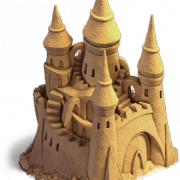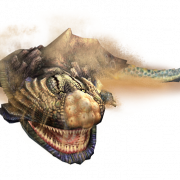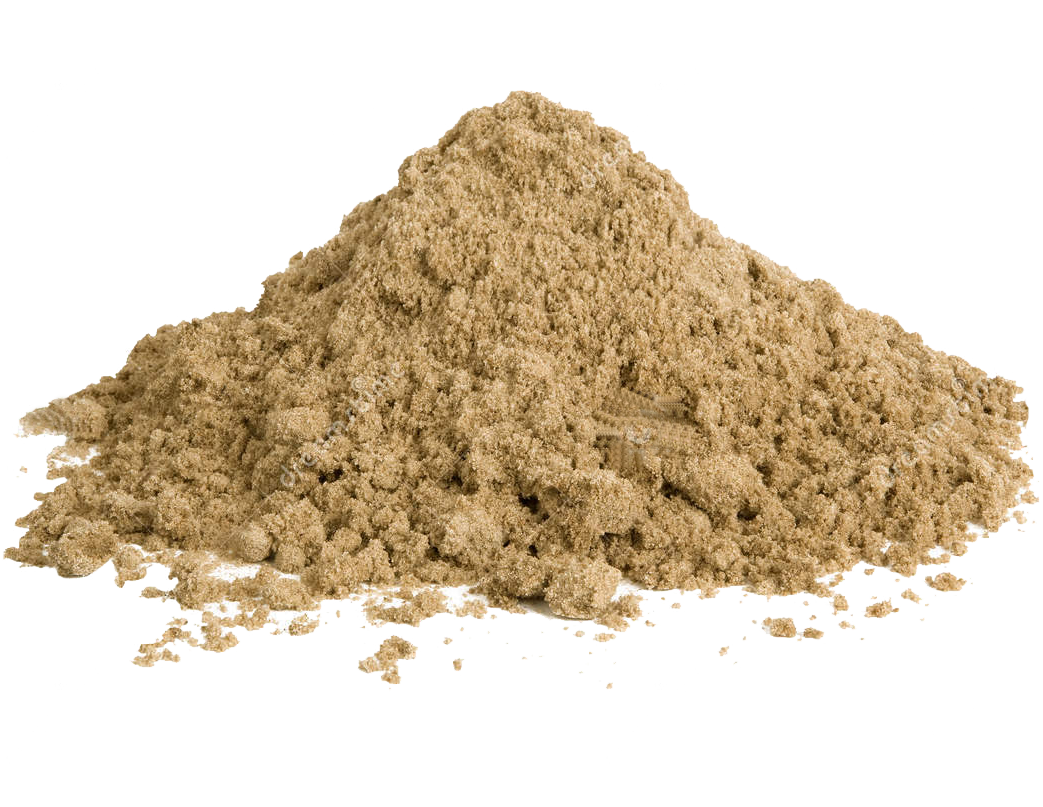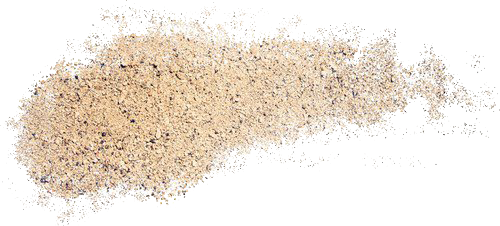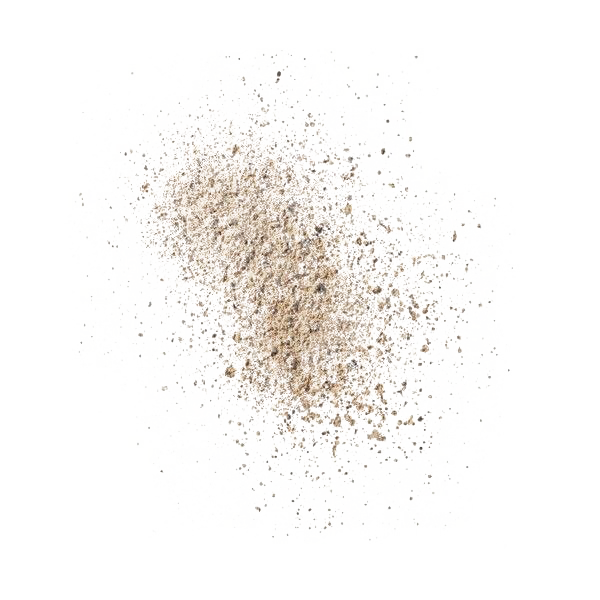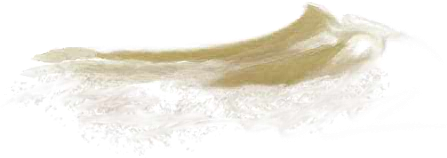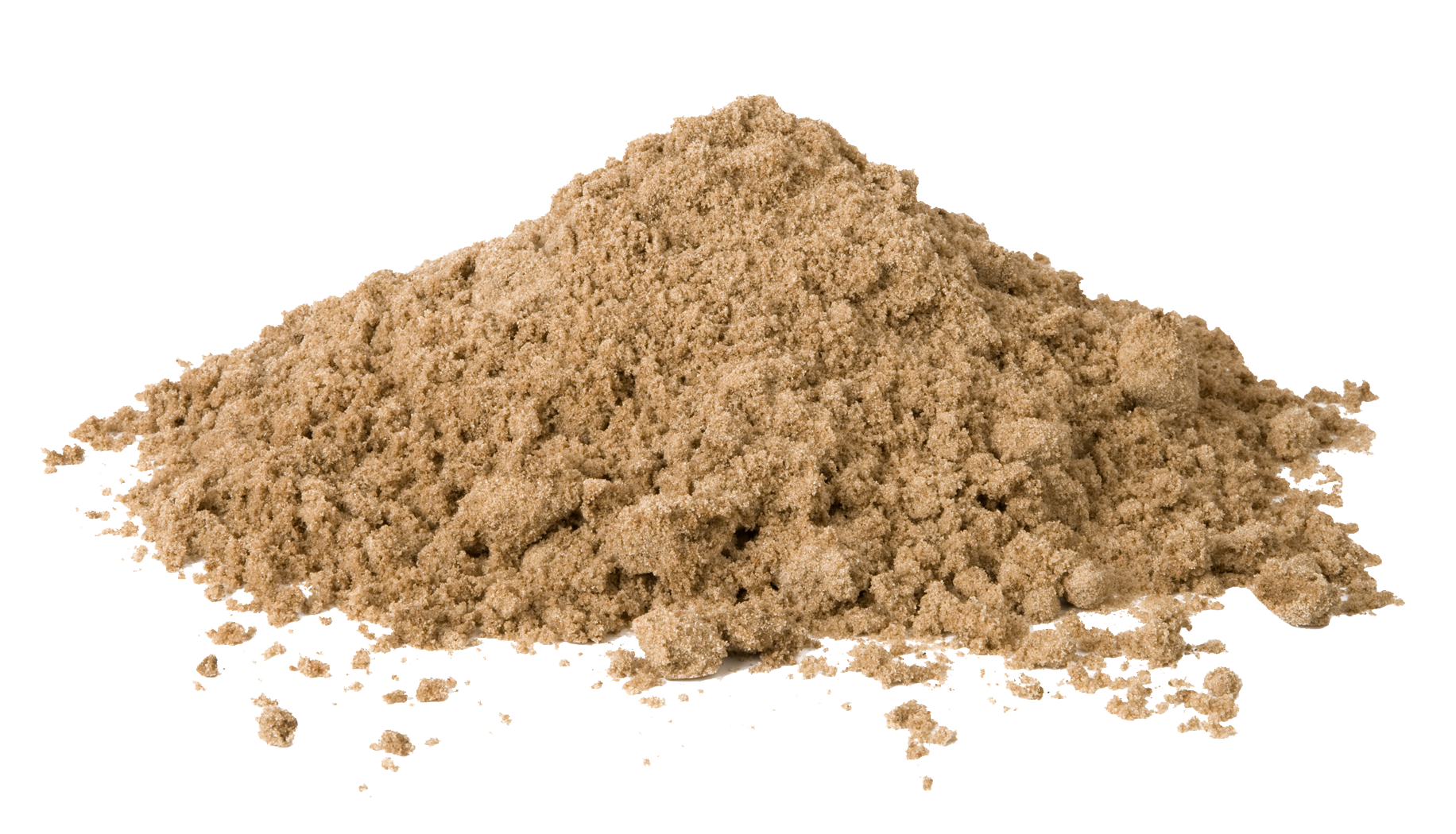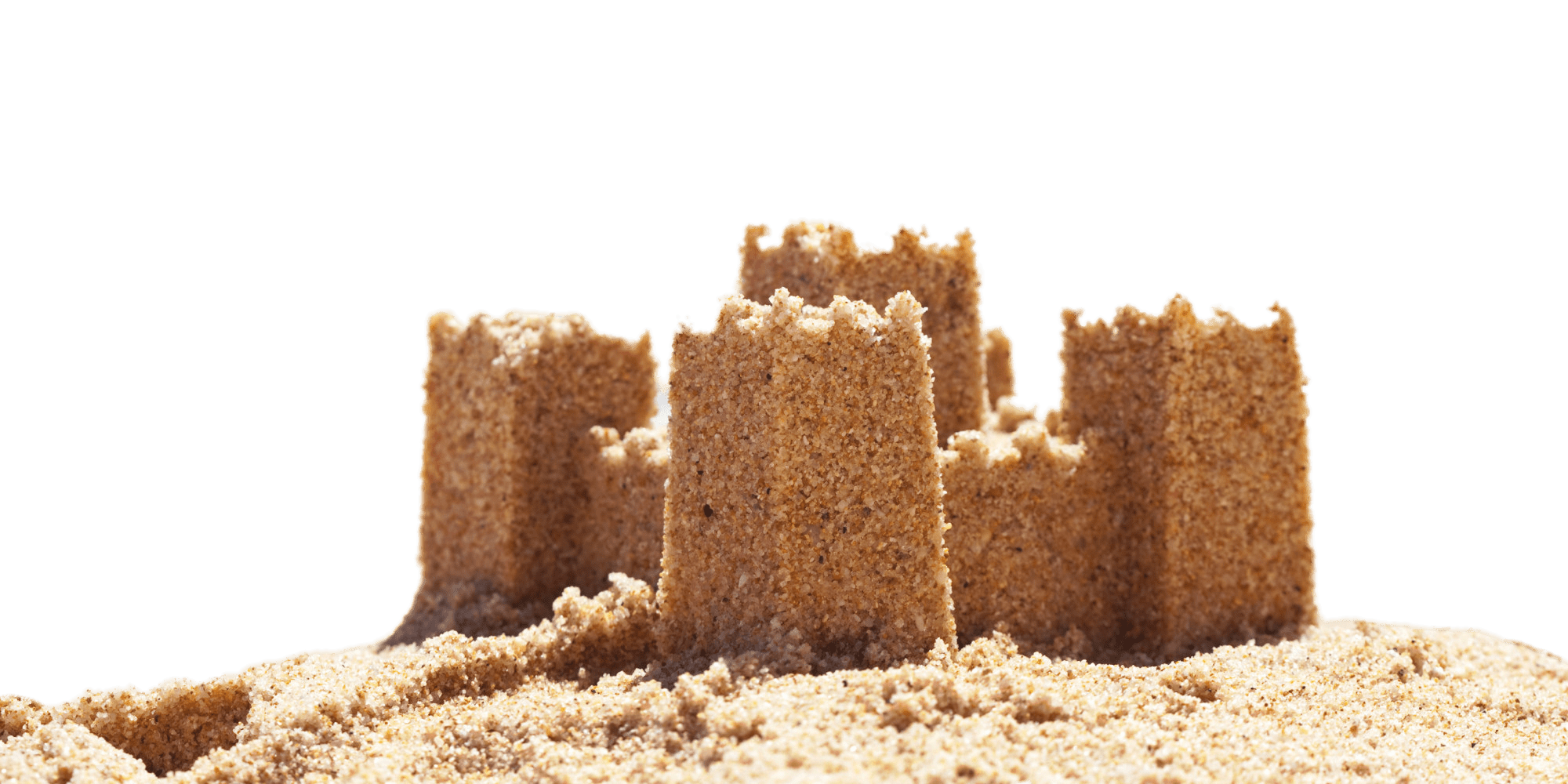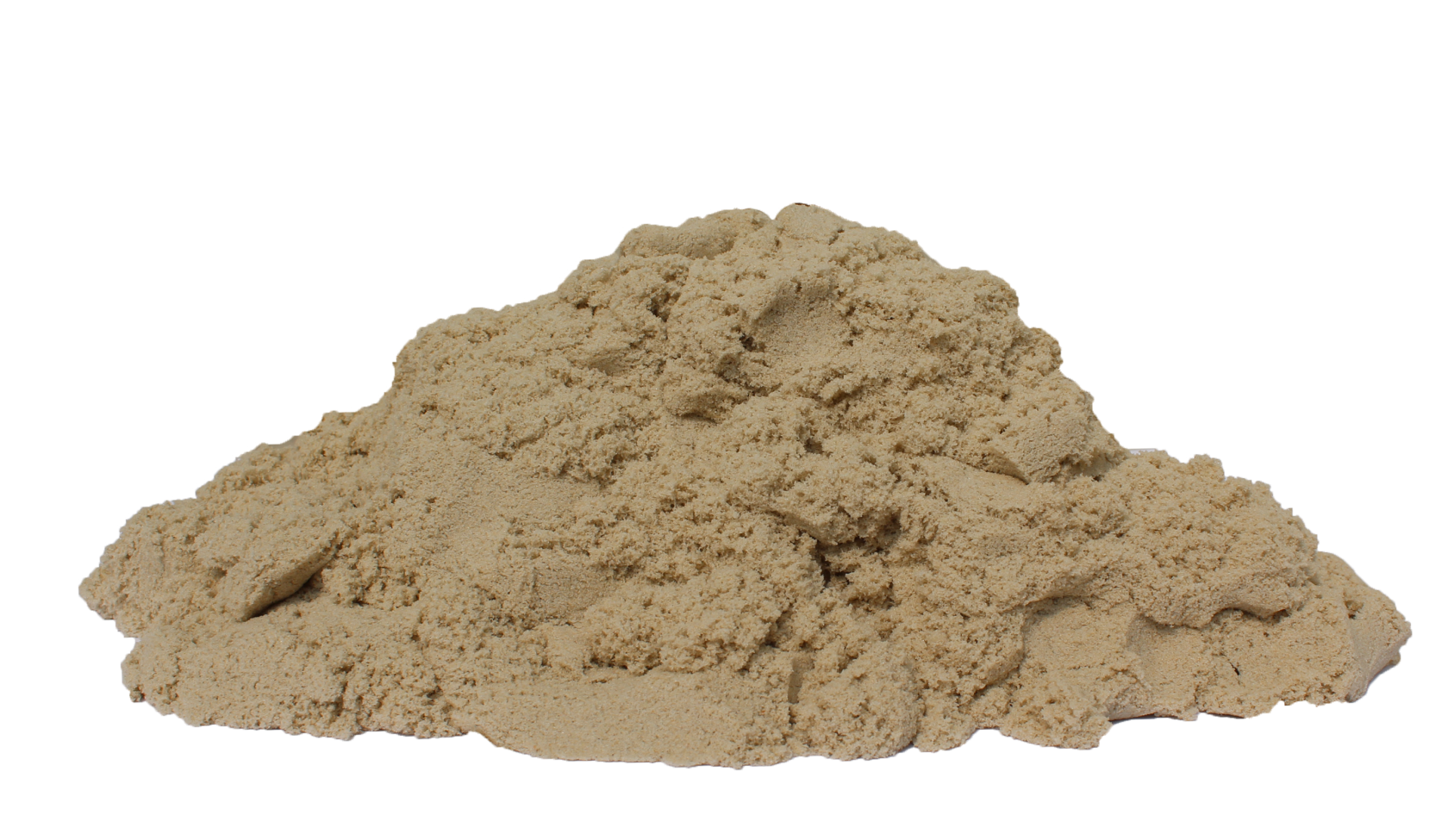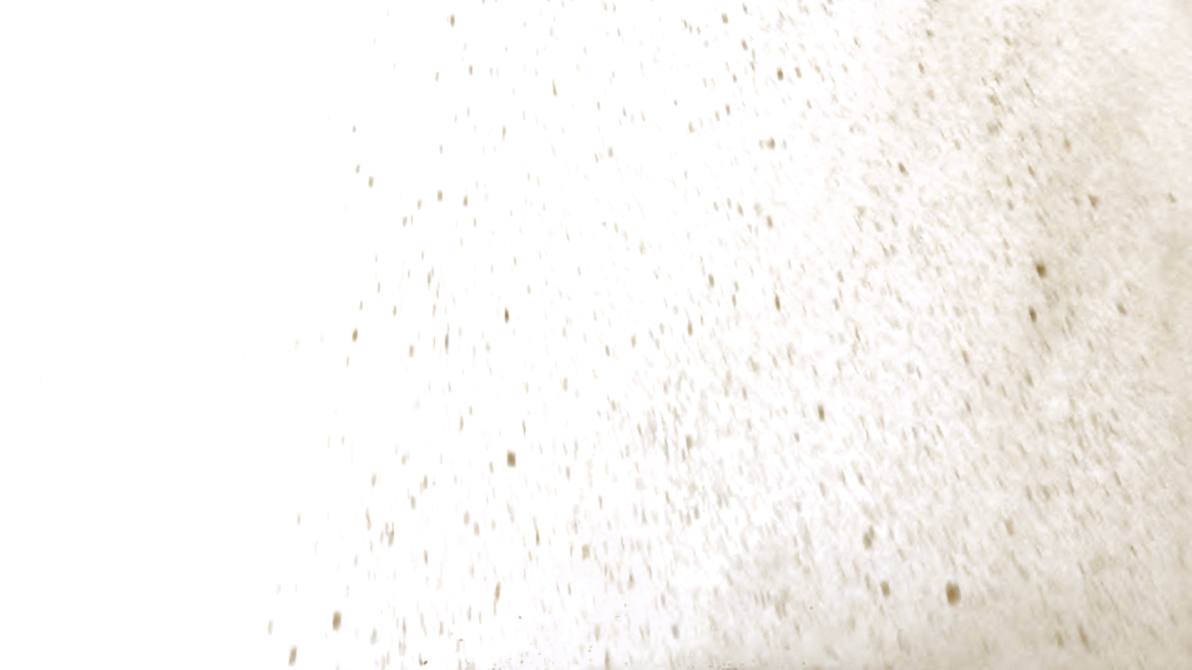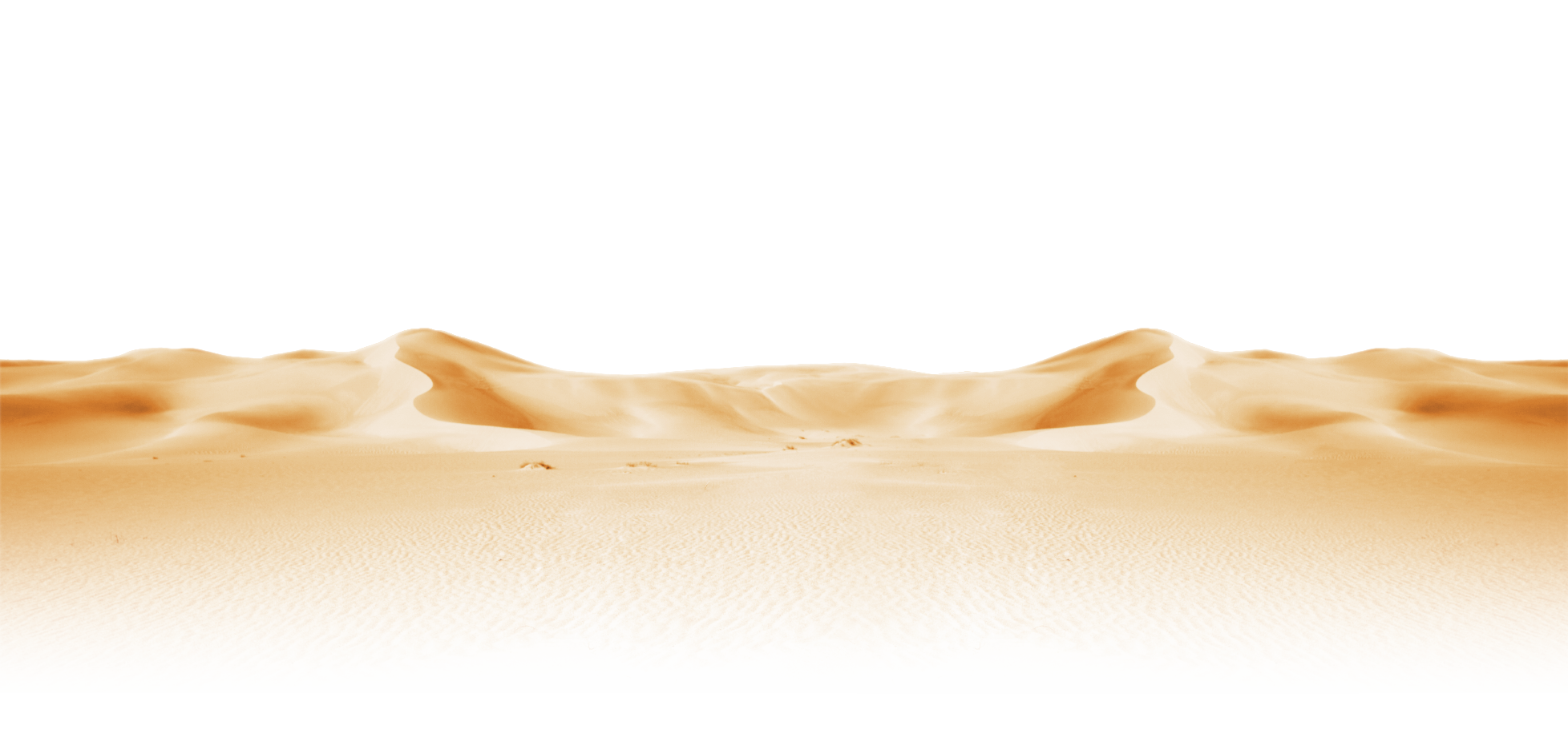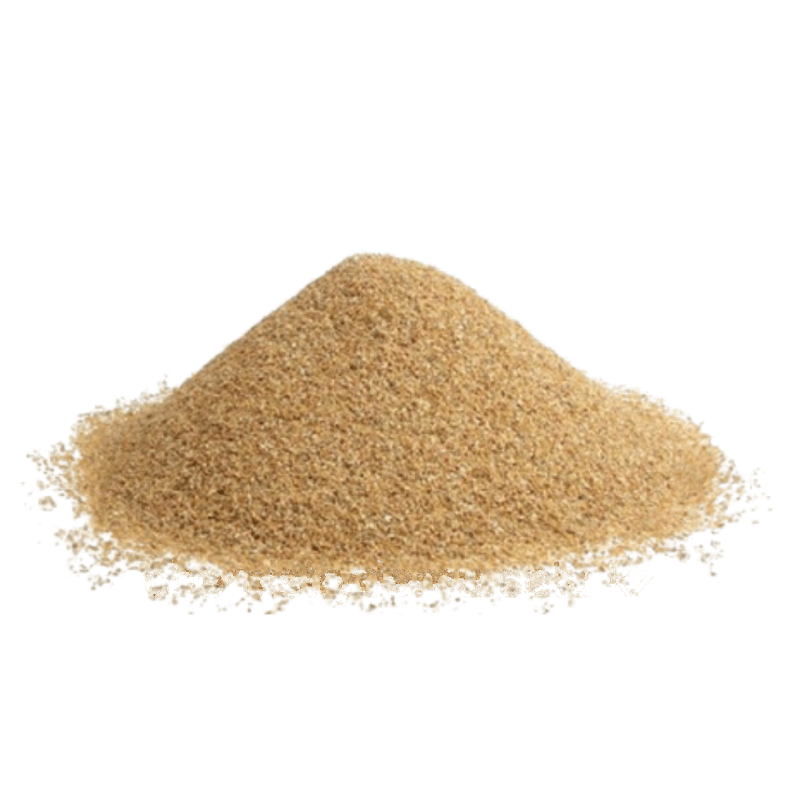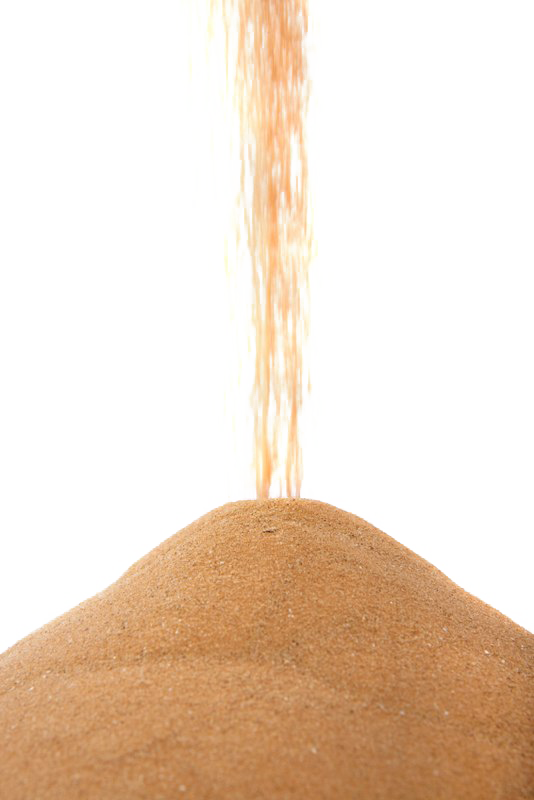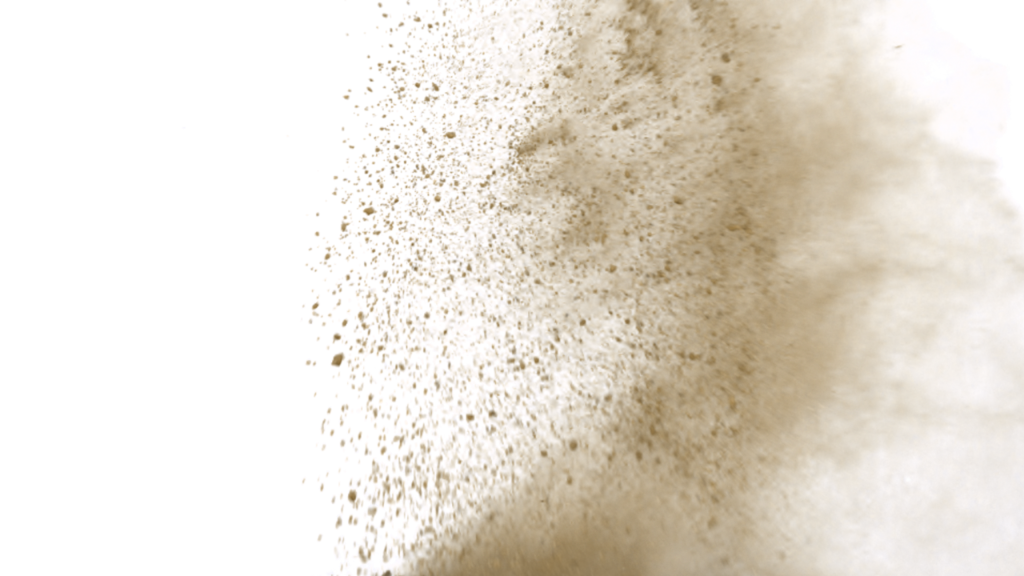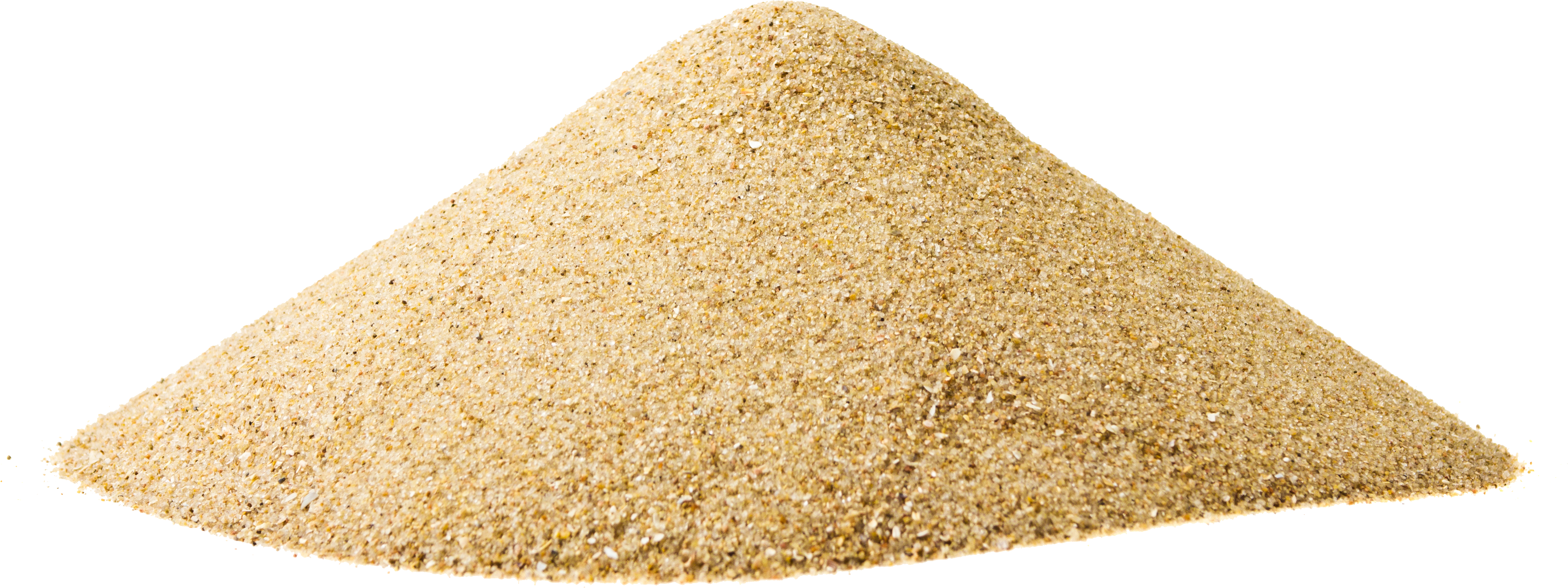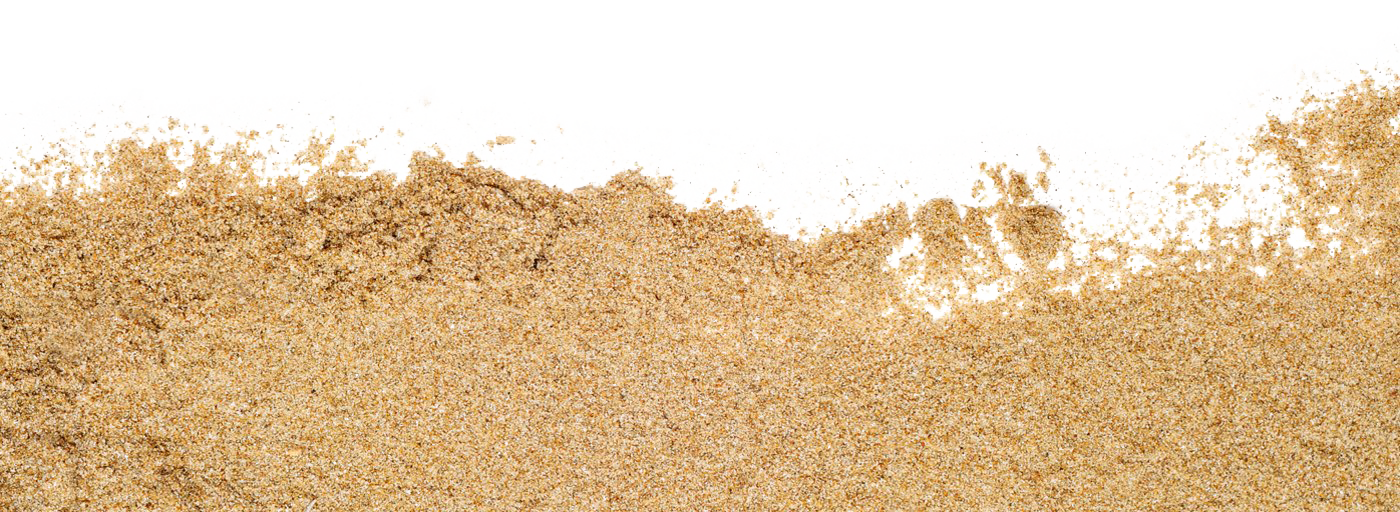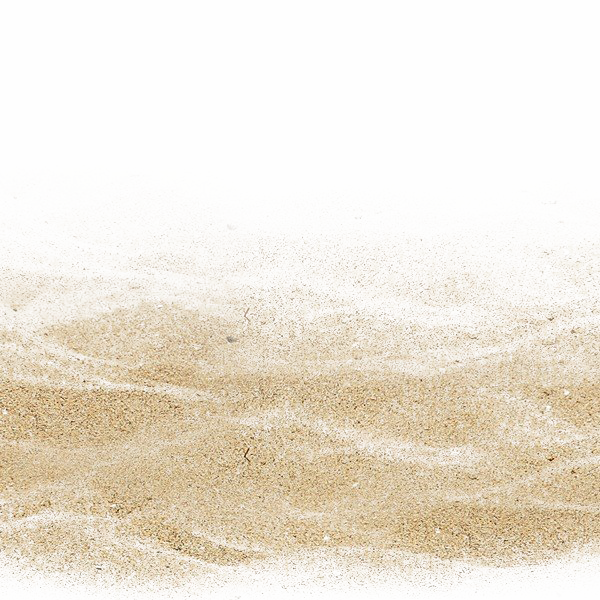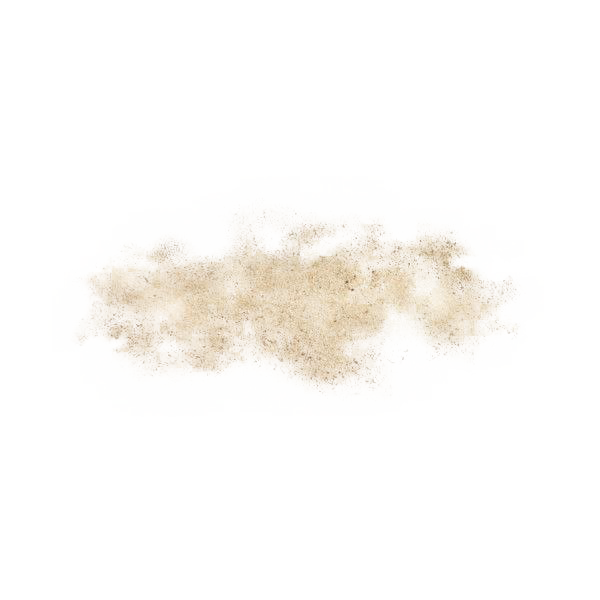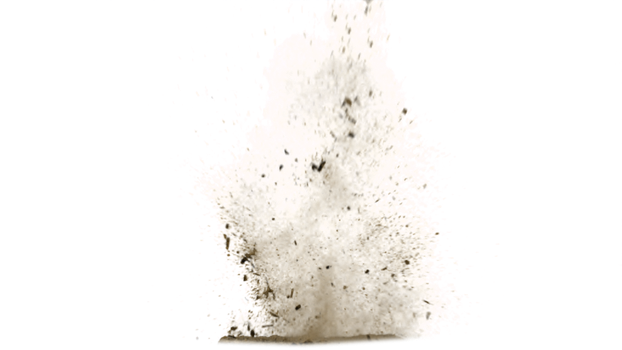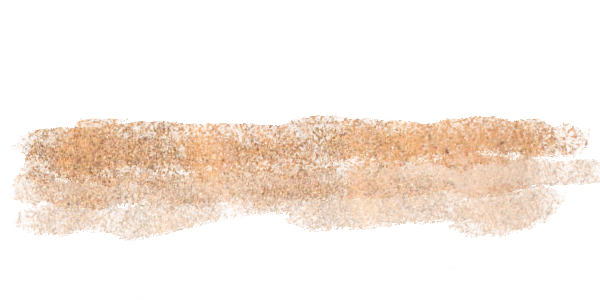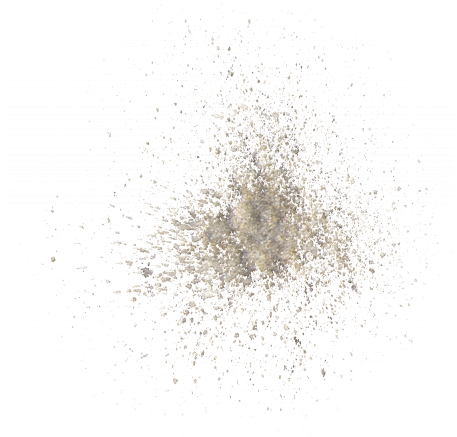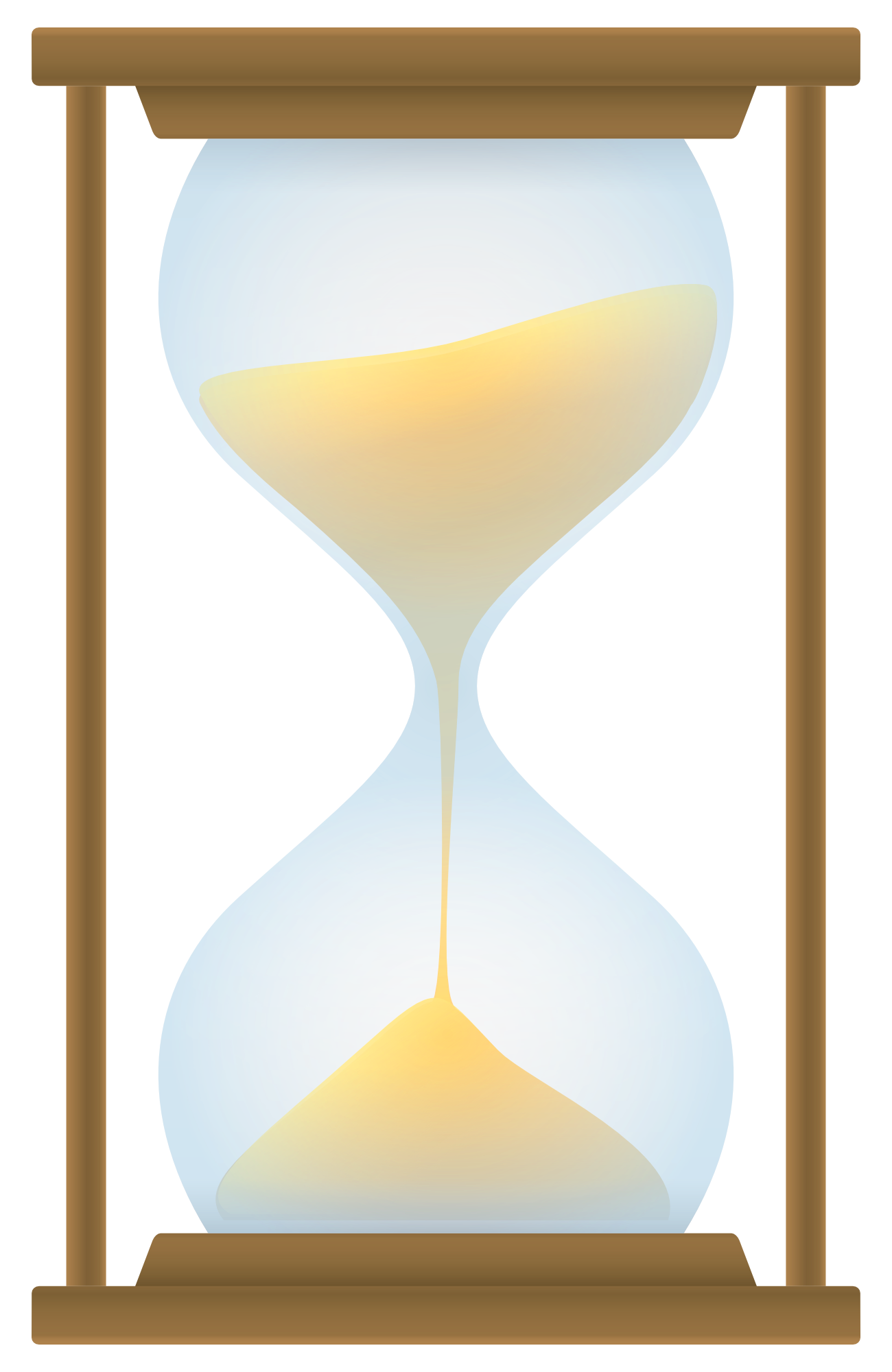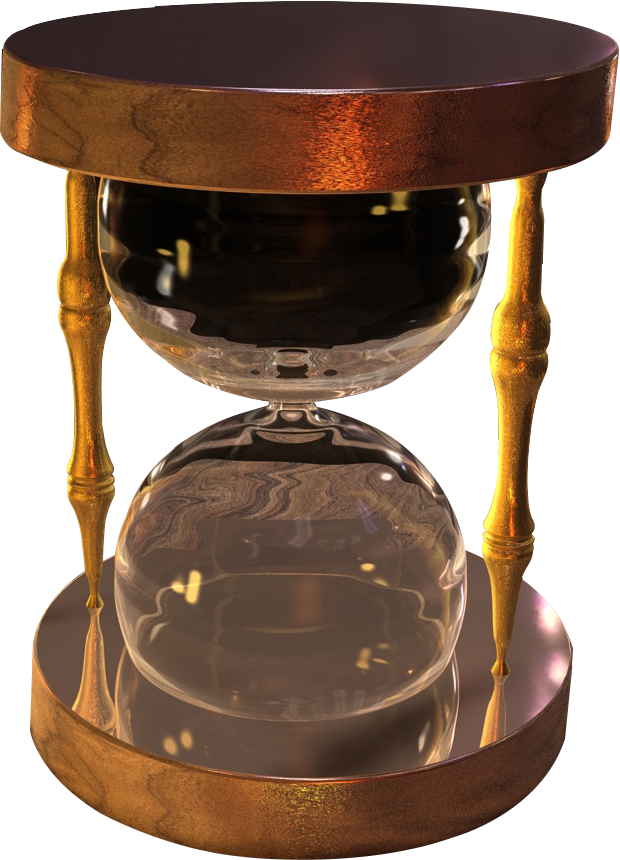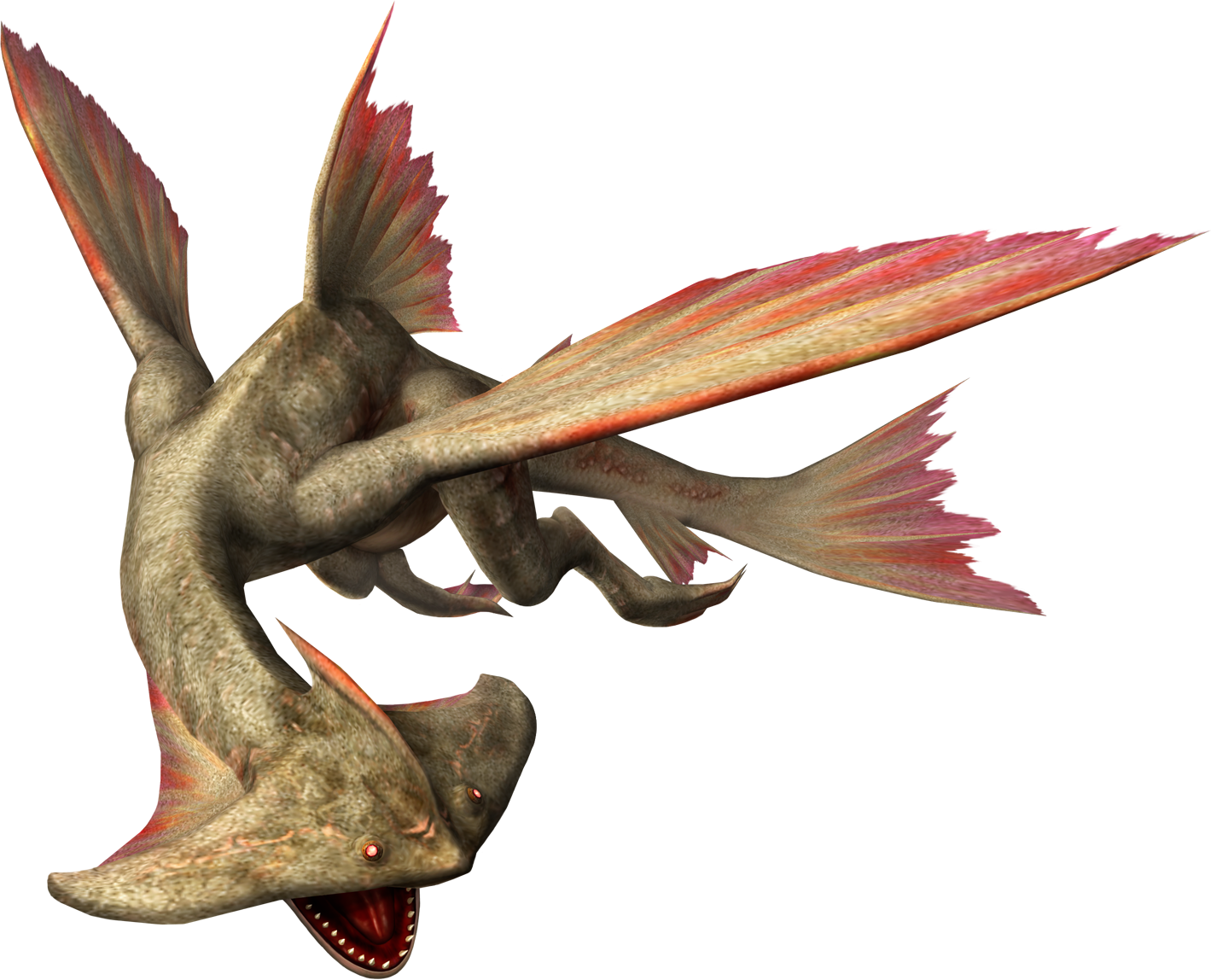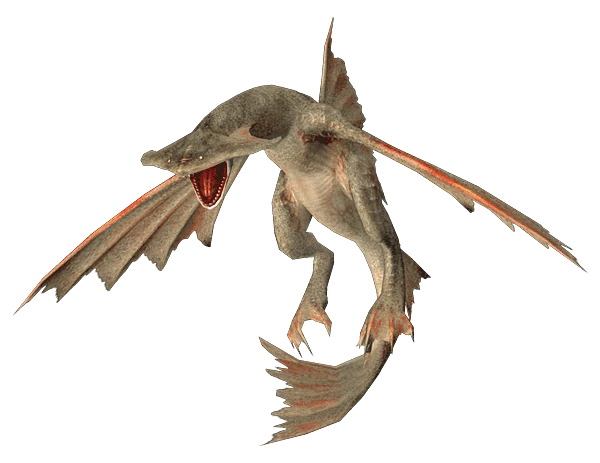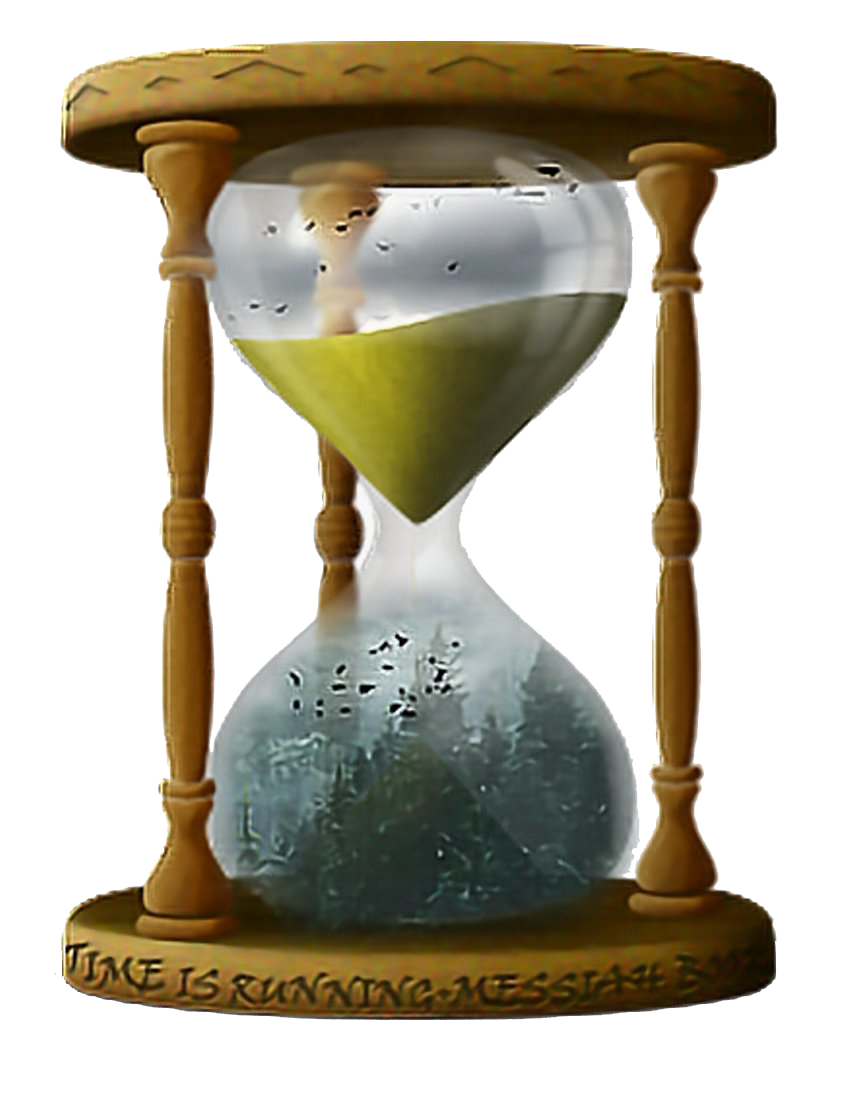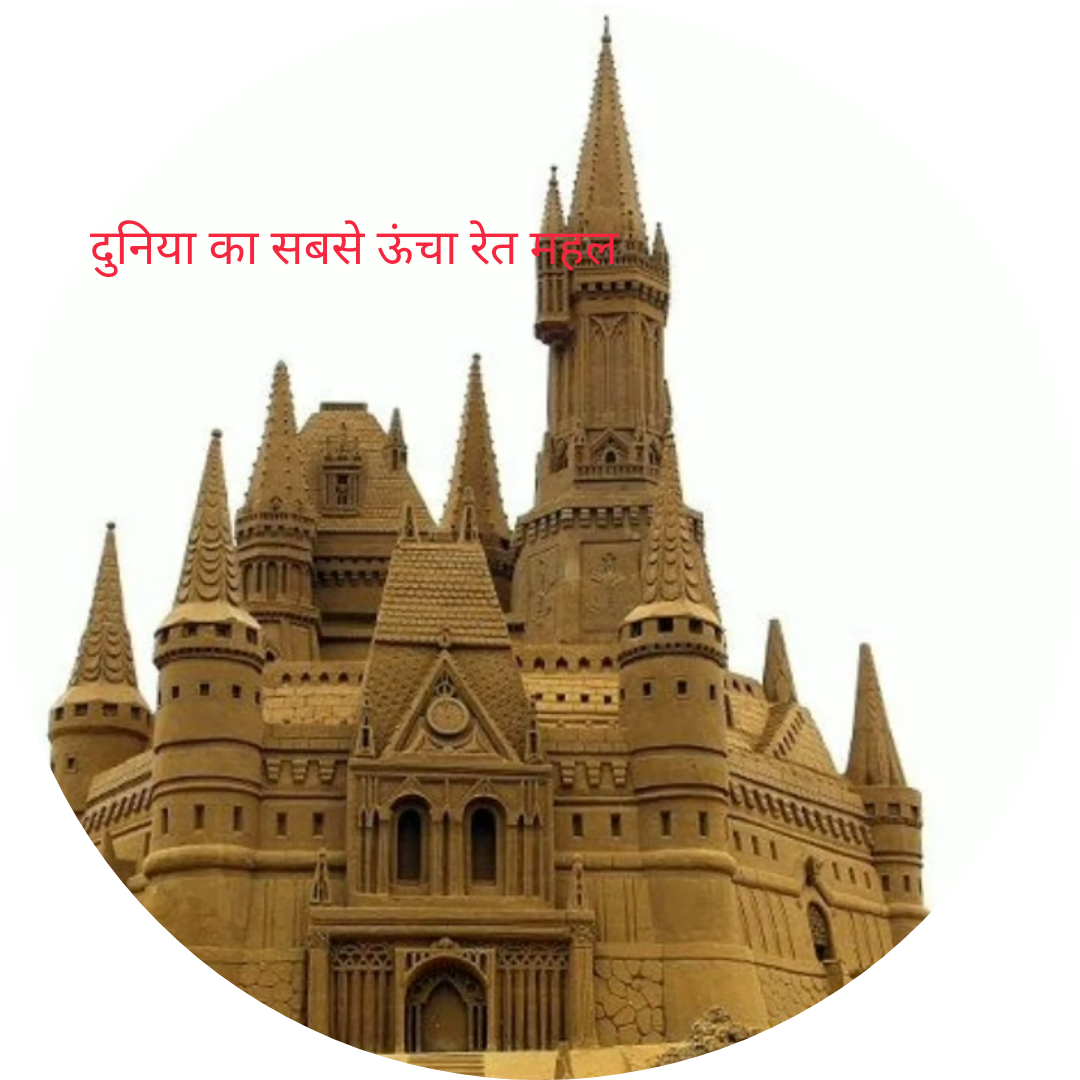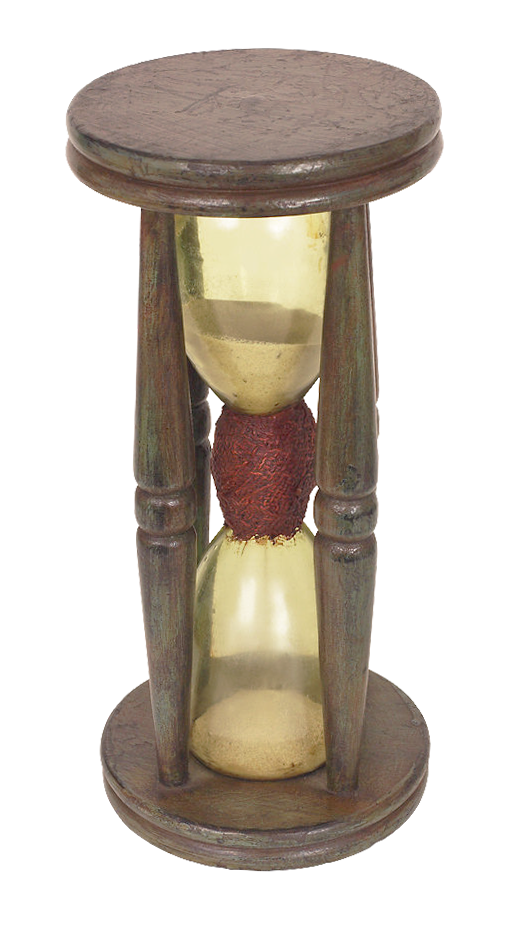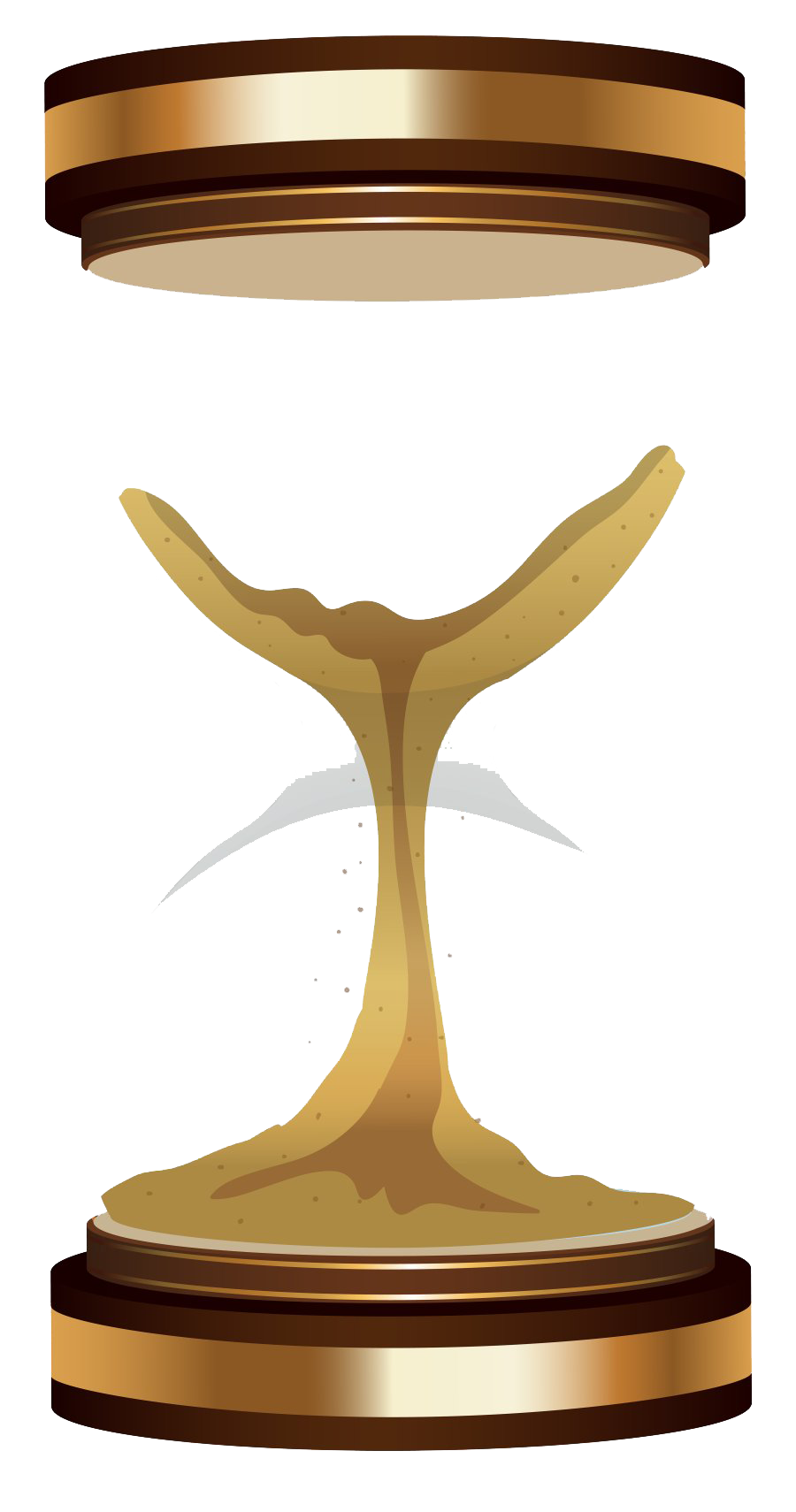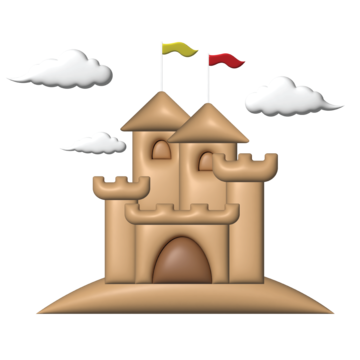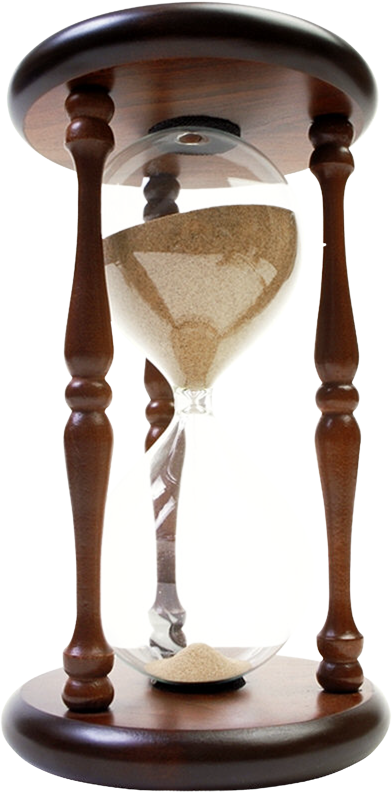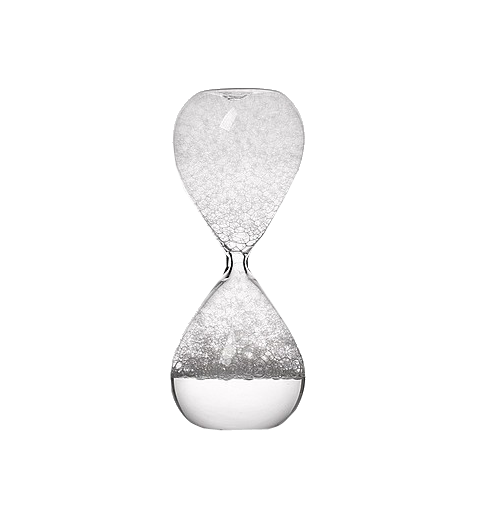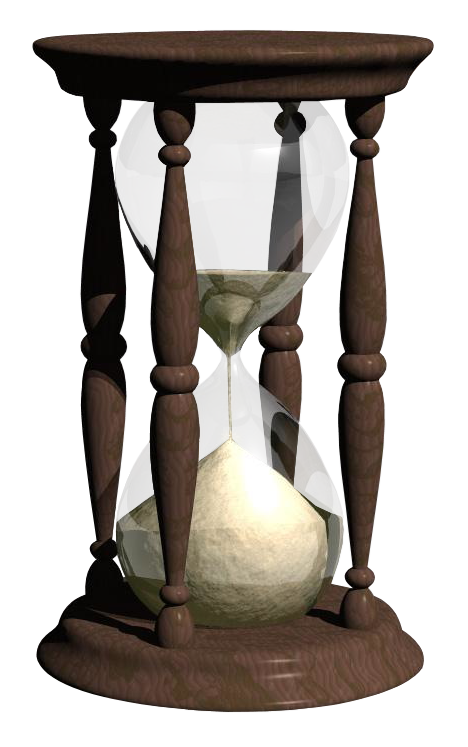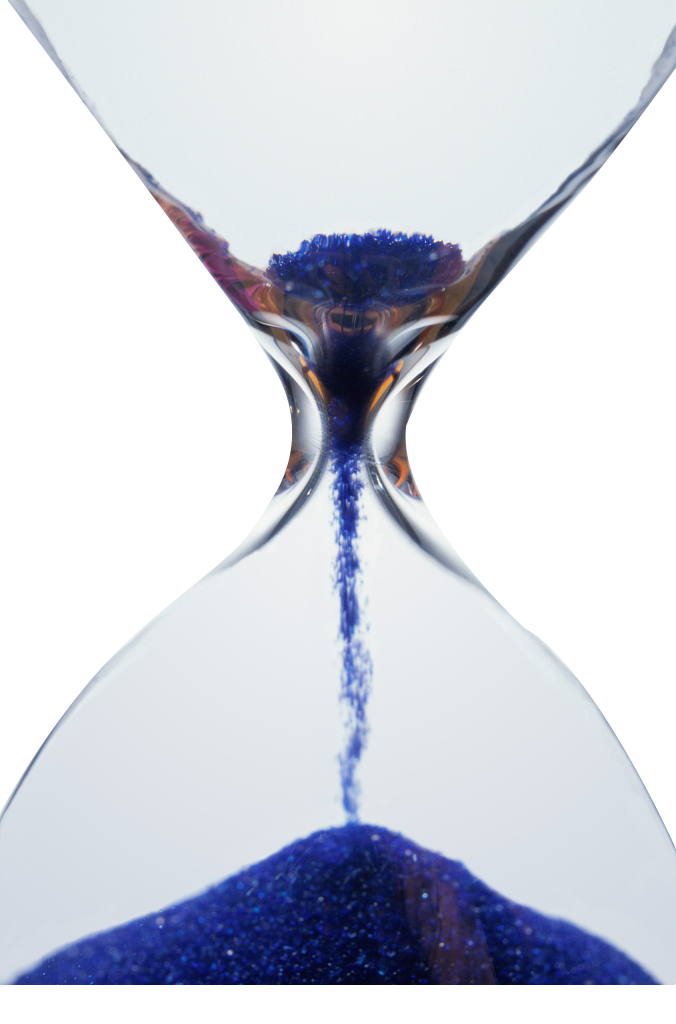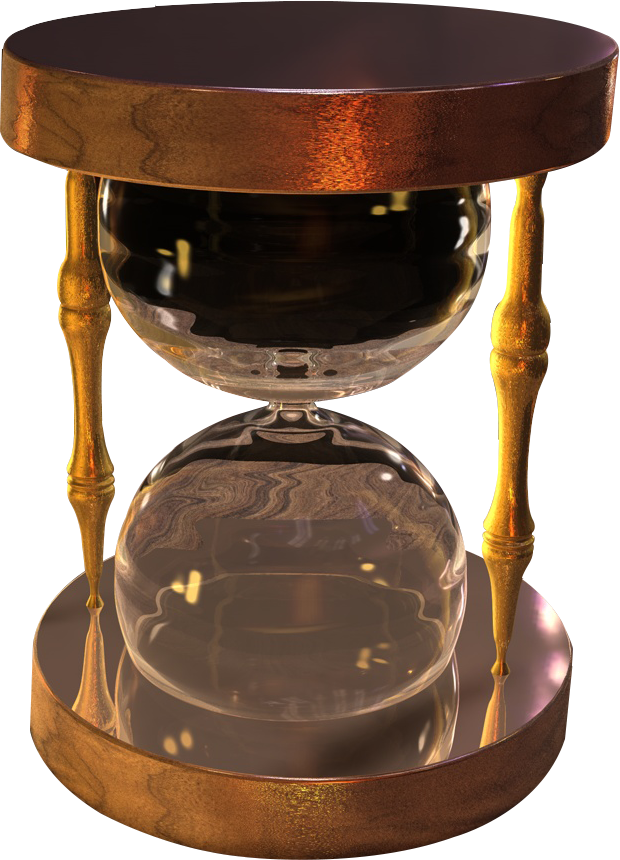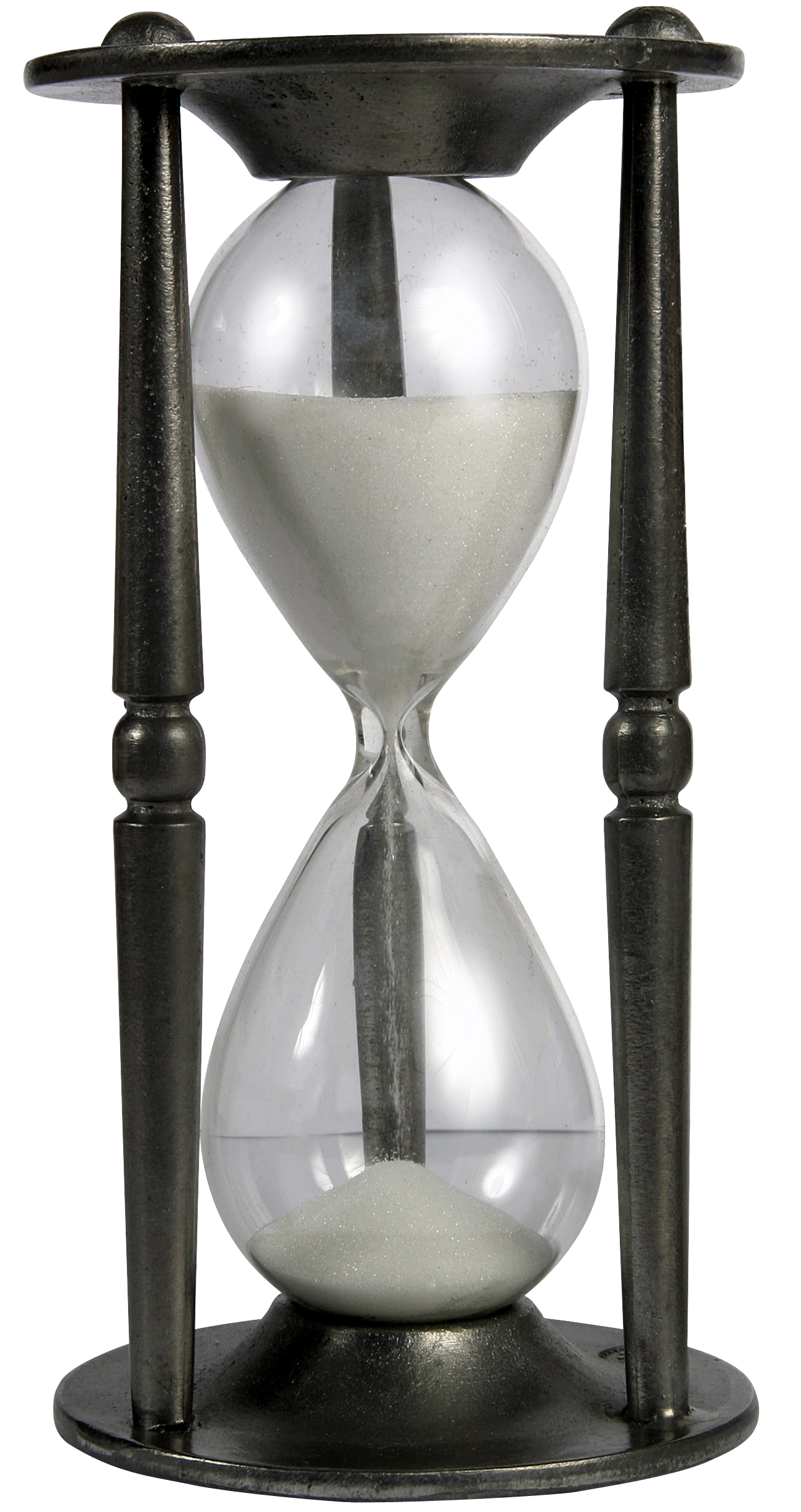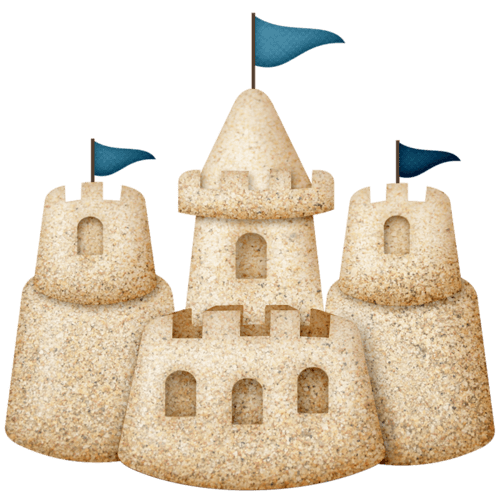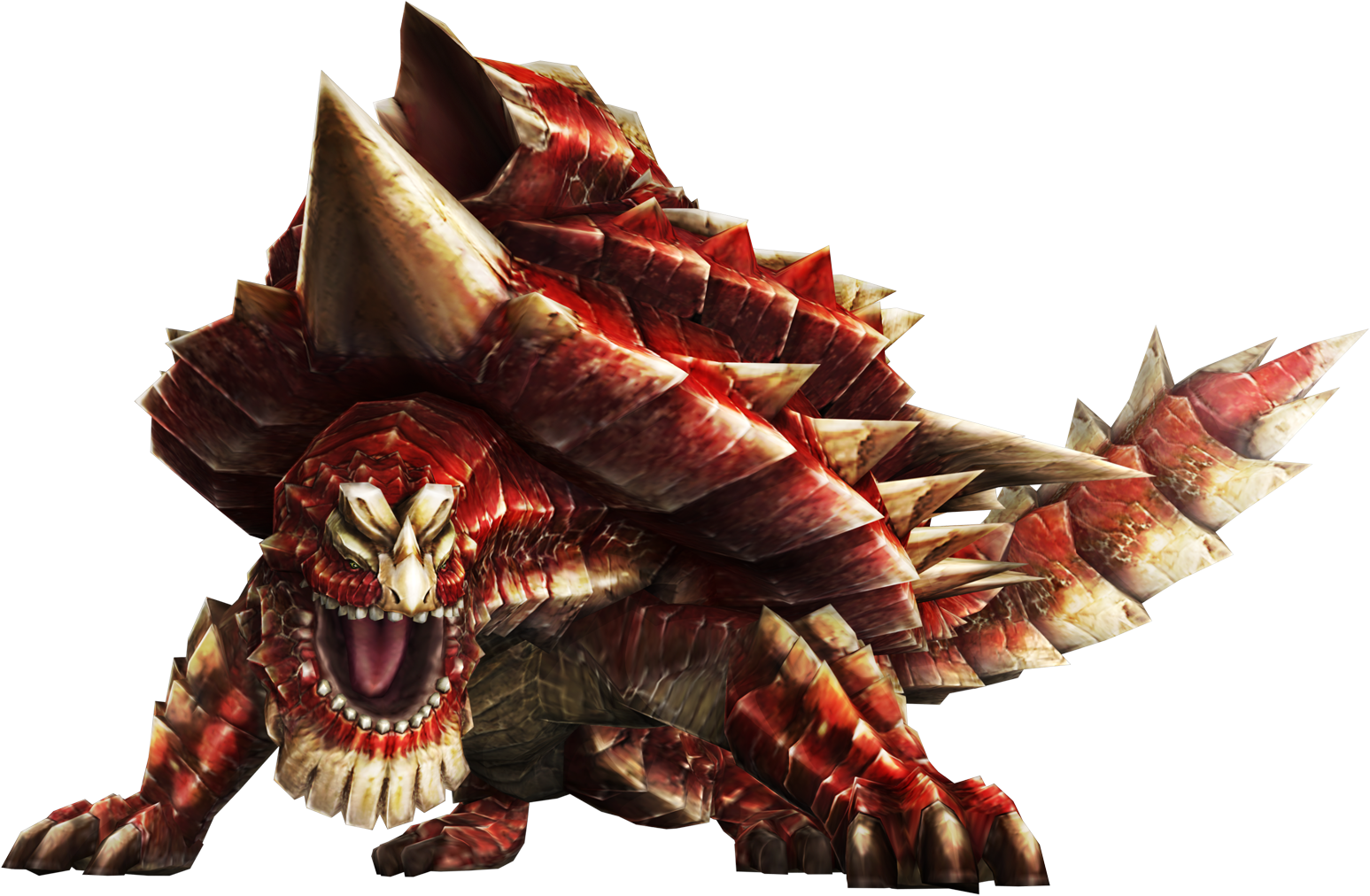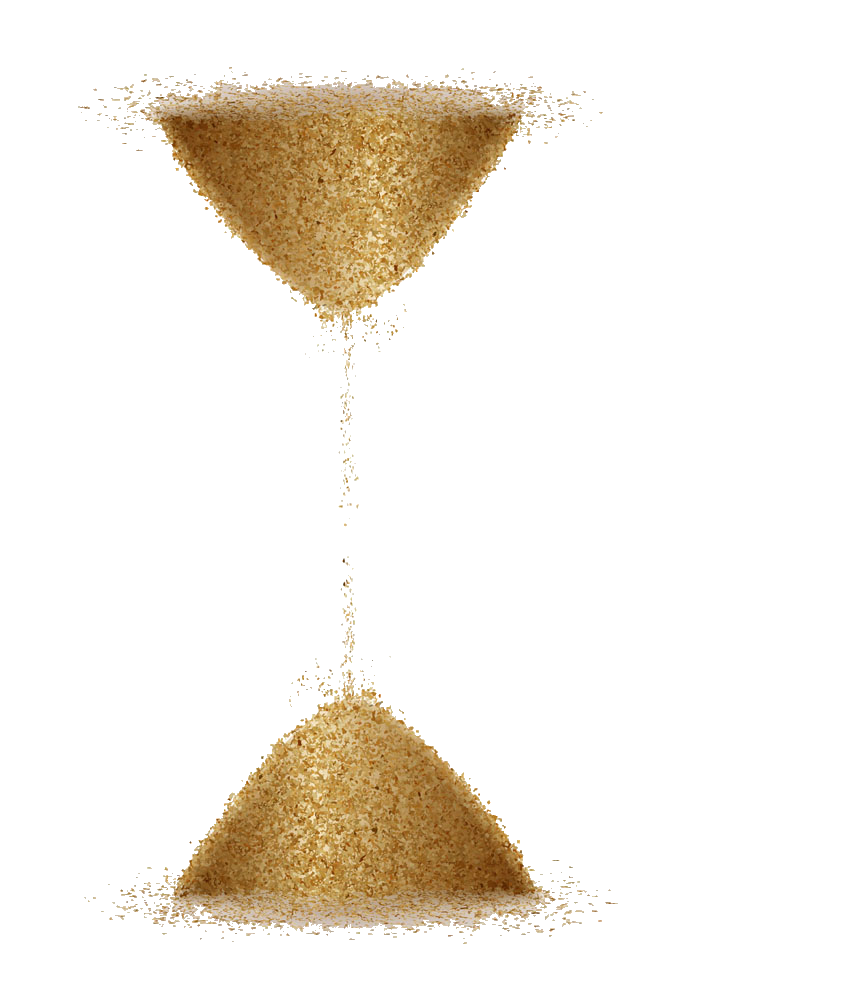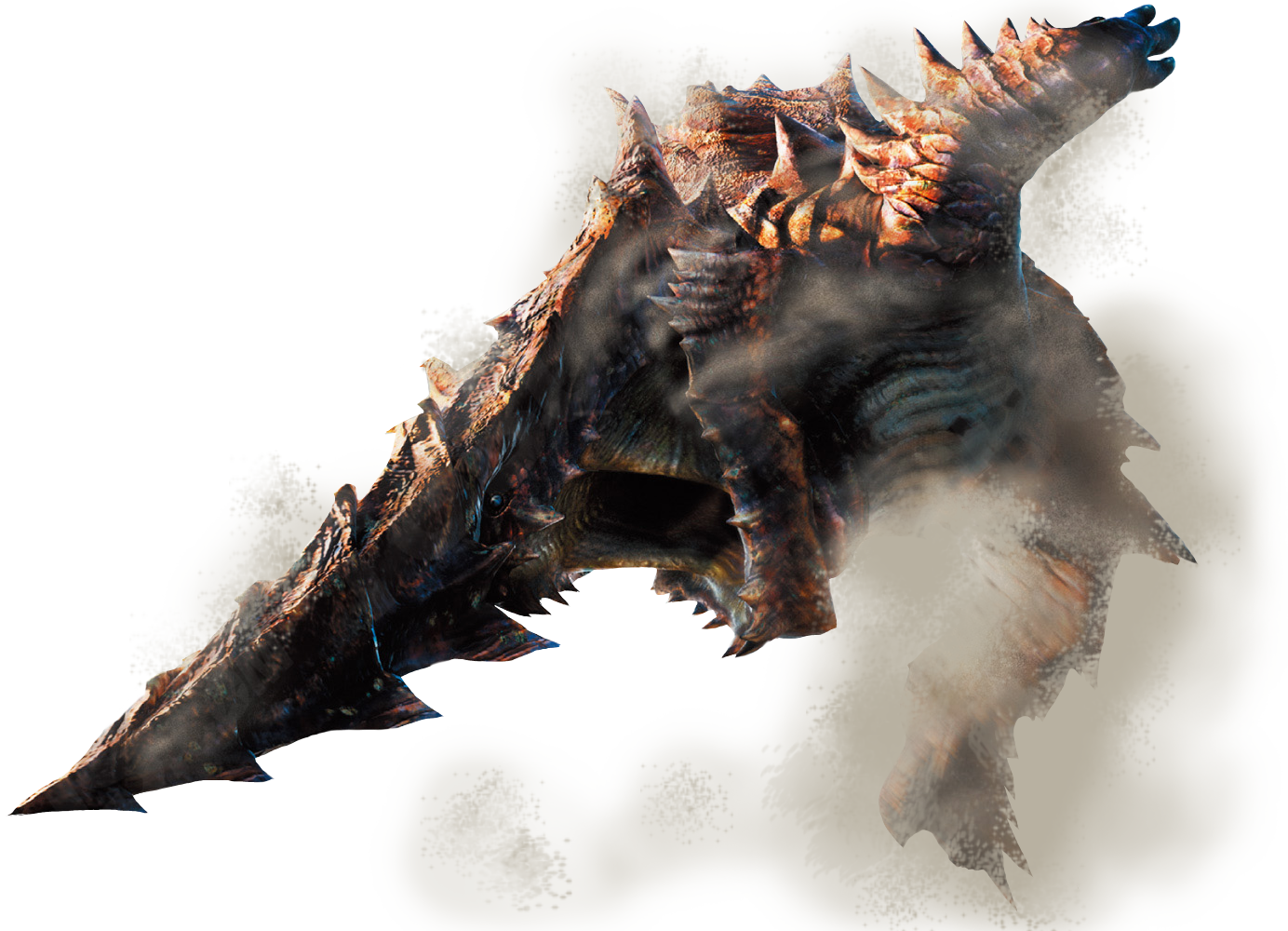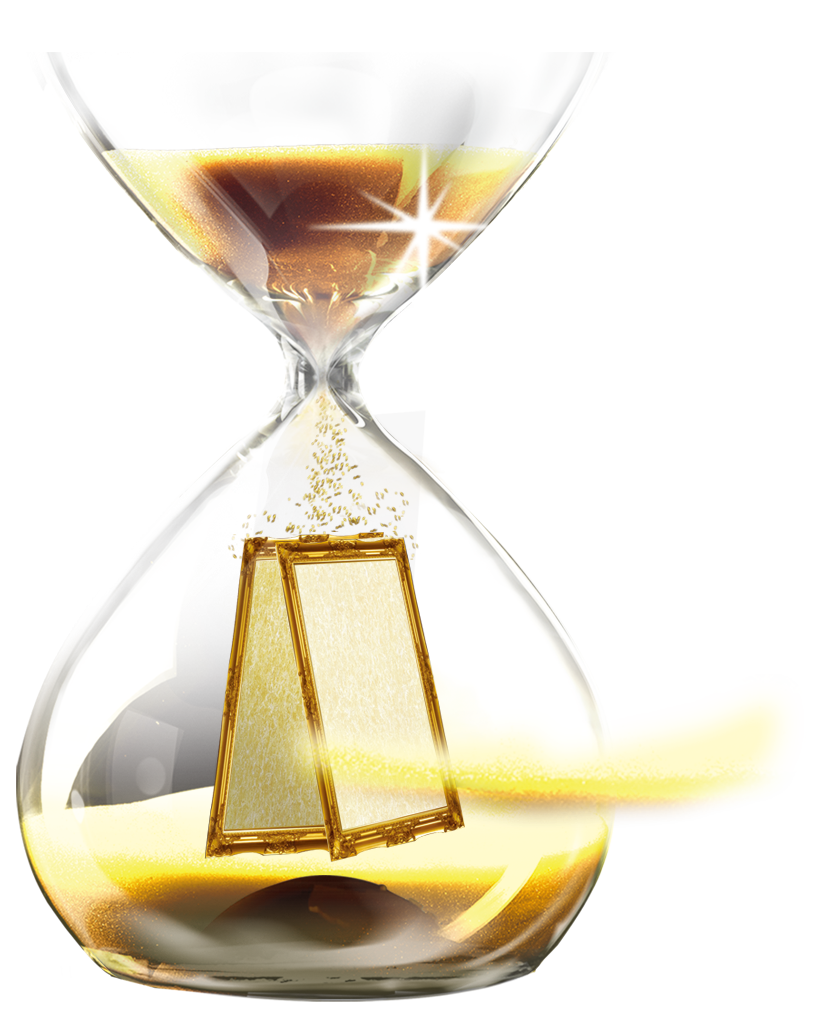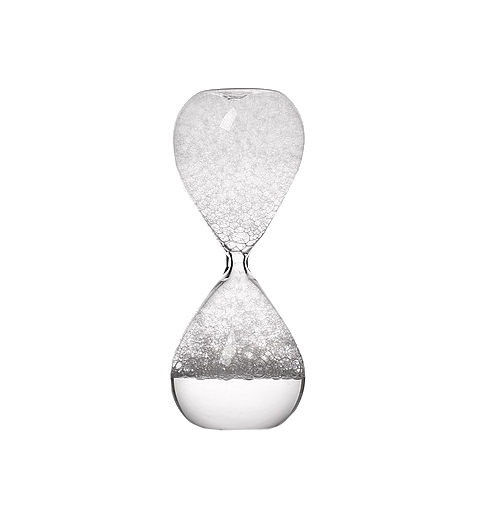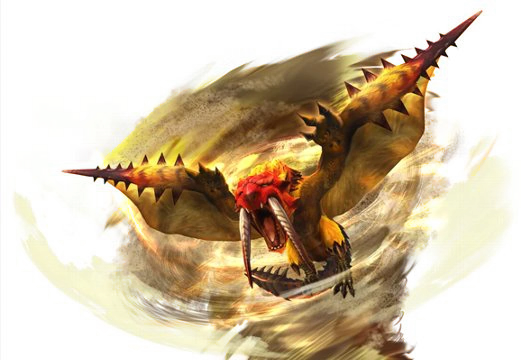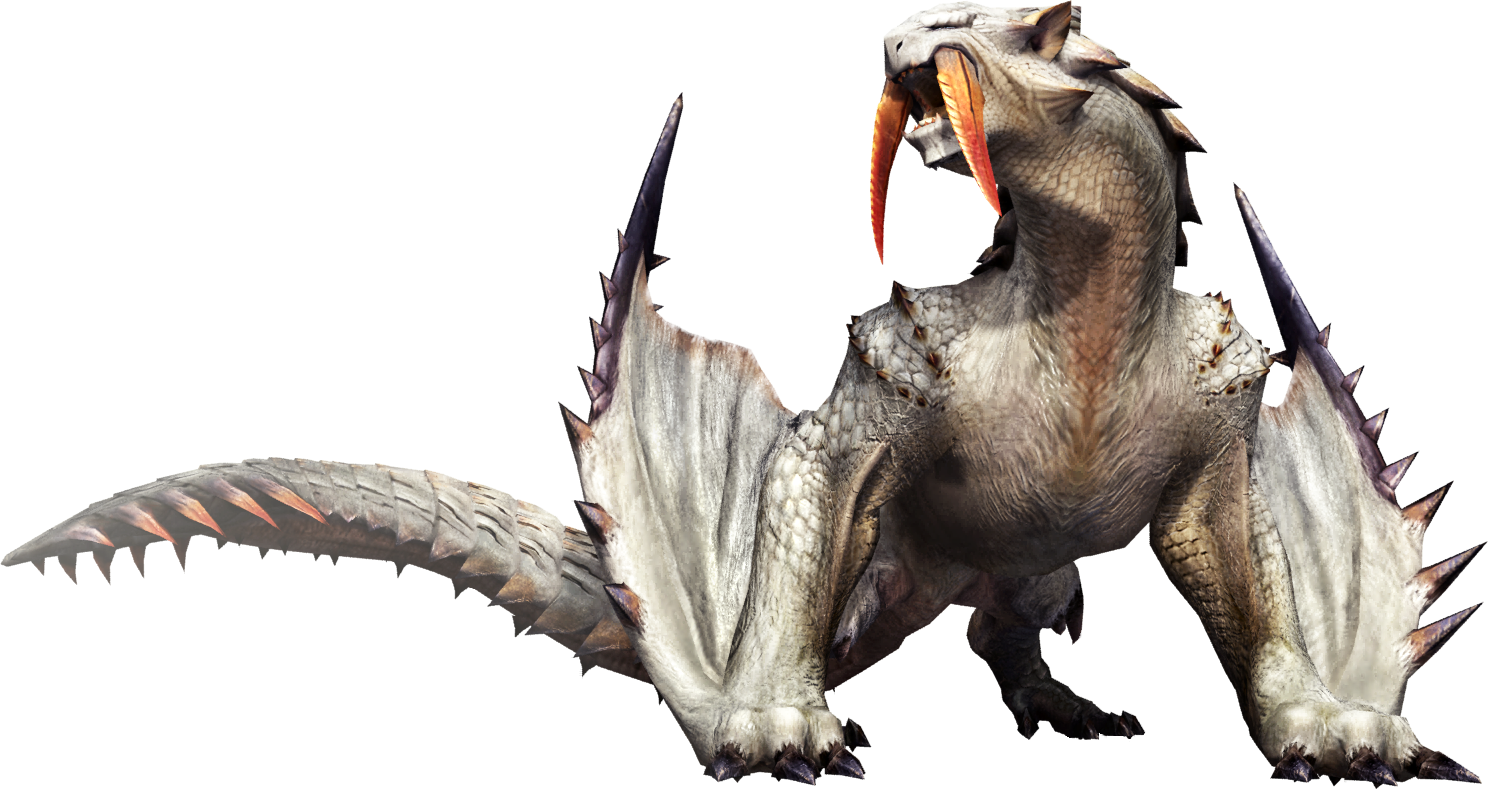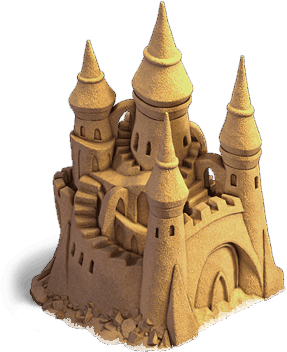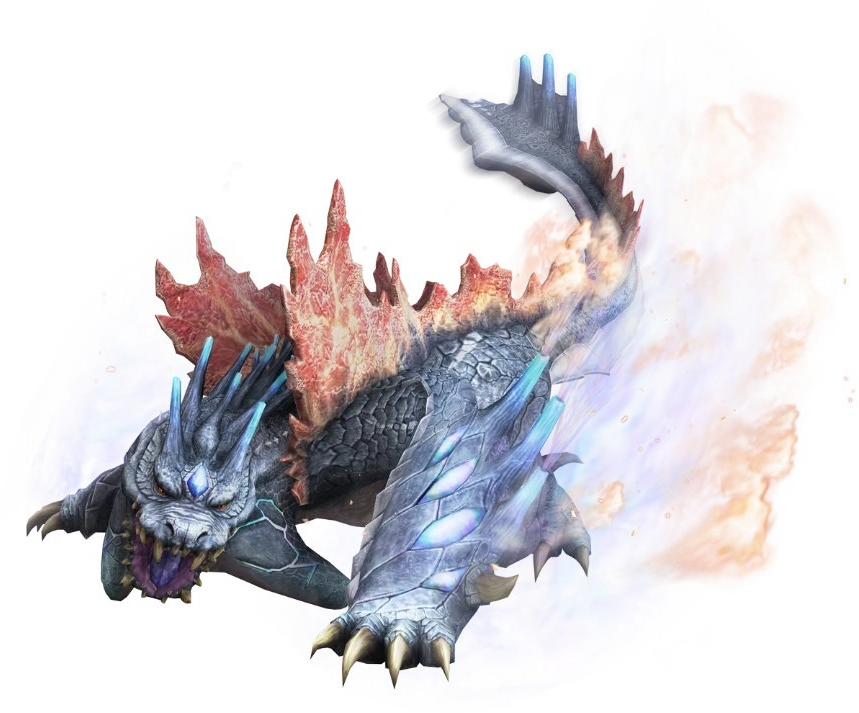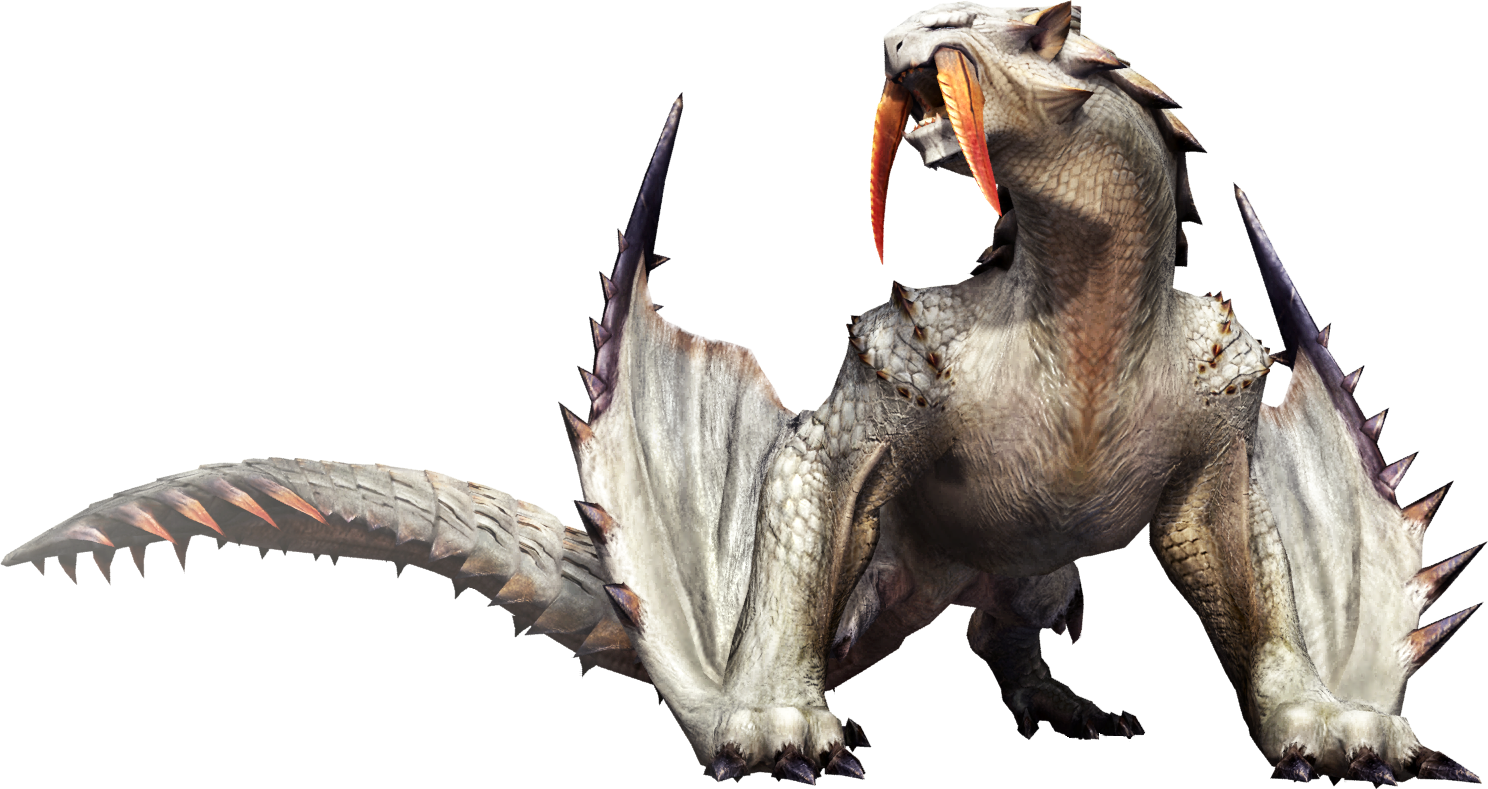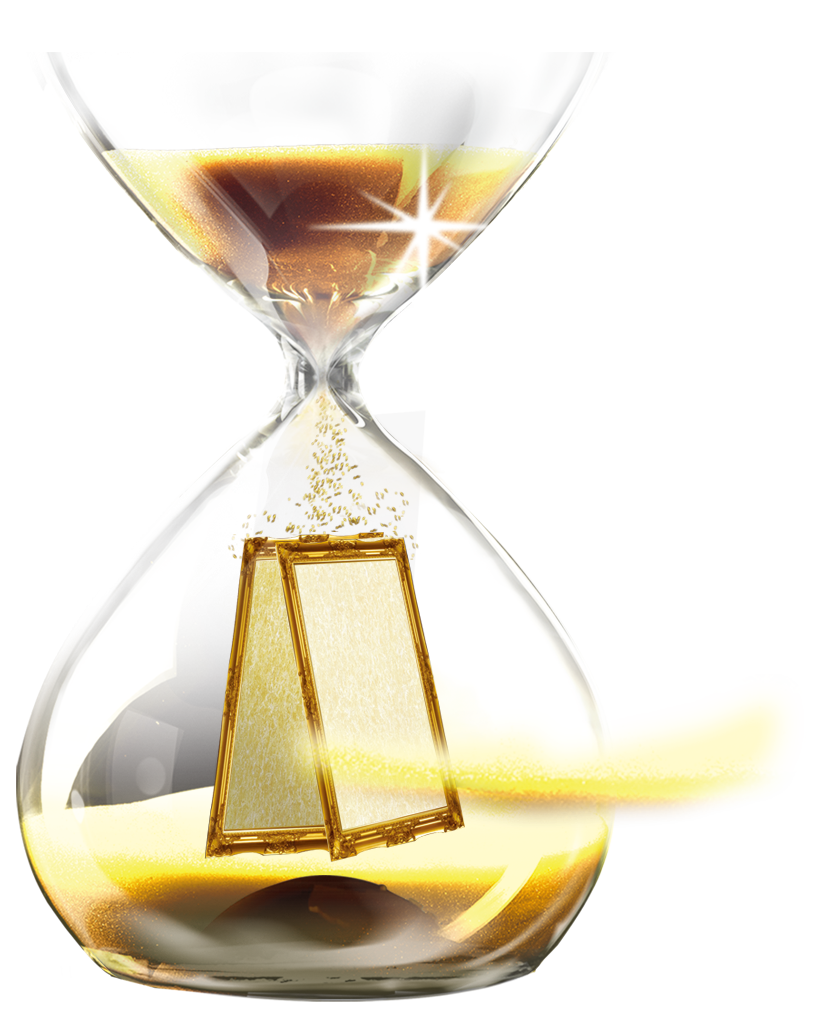Download free Sand PNG Transparent Images, vectors, and clipart for personal or non-commercial projects. Ideal for any design or creative projects. To view the full PNG image in its original resolution, simply click on any of the thumbnails below.
Sand is a granular material consisting of finely divided rock particles and mineral particles. It is determined by size, being smaller than gravel and coarser than silt. Sand can also be a soil texture class or soil type; that is, soil containing more than 85 percent sand-sized particles by mass.
The composition of the sand varies depending on local sources and rock conditions. But the most common component of sand in inland and non-tropical coastal settings is silica (silicon dioxide, or SiO2), usually in the form of quartz. The second most common type of sand is calcium carbonate, for example, aragonite, which was mainly created in the last half-billion years by various life forms, such as corals and shellfish. For example, this is the main form of sand that appears in areas where reefs have dominated the ecosystem for millions of years, such as the Caribbean.
Sand is a non-renewable resource in human time scales, and sand suitable for concrete production is in high demand. Desert sand, although abundant, is not suitable for concrete. 50 million tons of beach sand and fossil sand are used every year for construction.
Sand Composition
Sand is mainly made of loose granular materials consisting of rock fragments or mineral particles or oceanic materials. It consists mainly of silicate minerals and granular particles of silicate rocks. Quartz is the most dominant mineral, as it has high weather properties.
Other common rock minerals, such as amphiboles and mica, are also found in the sand. Heavy minerals such as tourmaline, zircon, etc. may also be present in the sand in lower concentrations. But from a high level, most of the sand on the beach consists of gray or brown quartz and feldspar. However, the most common mineral in the sand is quartz – also known as silicon dioxide.
This is when silicon and oxygen are combined. Feldspar is the most found group of minerals on the Earth’s surface and makes up about 65% of the Earth’s rocks. When the wind and sea descend along the coast, they transport these tiny granules to the beach and with the help of this combination make up the sand.
